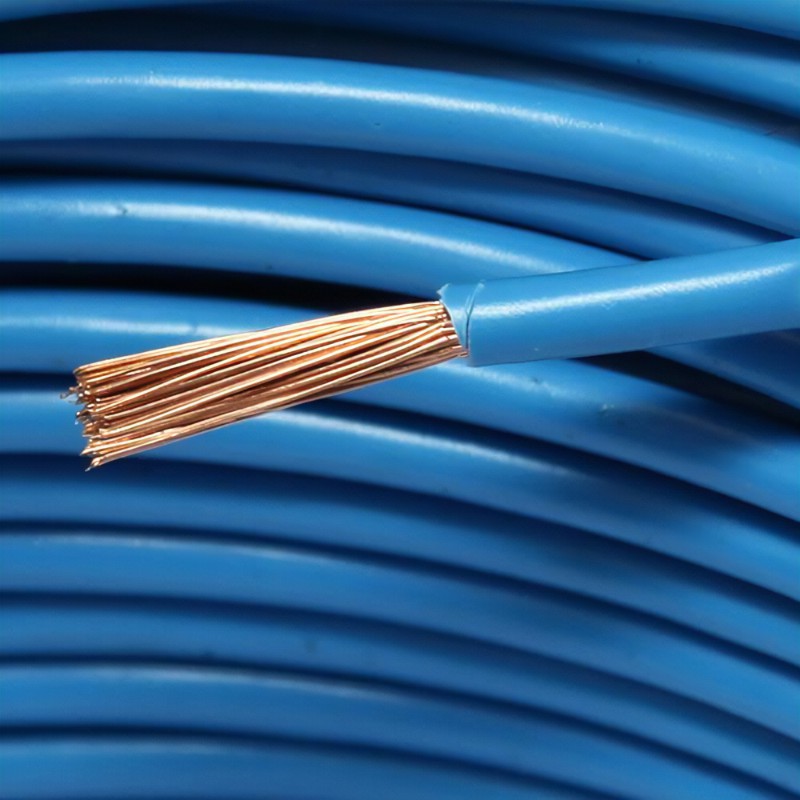
The IEC standard of small household electrical appliances mainly consists of two parts: the IEC60335-1 standard put forward general requirements for household and similar electrical appliances product safety and supports the use of the IEC60335-1 standard and IEC6
0335-2 series standard. IEC60335-2 series standard is a supplement to the IEC60335-1 standard, respectively, for various types of household electrical appliances.
Small kitchen appliances to a total of 4 IEC60335-2 series standards, namely IEC6 0335-2-9, IEC60335-2-13, IEC60335
-2-14 and IEC60335-2-15. IEC60335-2-9 "grills, toasters and specific requirements of" portable cooking equipment similar, but also suitable for waffle machine, bread machine, oven, grill pan, etc. similar small household electrical appliances; IEC
60335-2-13 is the "hot frying pan, frying pans, and similar product specific requirements".
IEC60335-2-15 "liquid heating products" specific requirements, applicable to the coffee pot, kettle, cooker, yogurt machine, egg machine, and other similar small appliances.
IEC60335-2-14 is the "kitchen products" special requirement, applicable to the food processor grinding machine, slicing machine, knife grinder, centrifugal juicer, and other small household appliances.
In the U.S. market, the above four types of products for product standards are UL1026 "household electric cooking and food processing products)," UL1083 standard "household electric skillets and frying products," UL1082 standard "household electric coffee pot and other wine product standards" and UL982 "home electric food processor standard".
Leakage current measurement equipment described in the UL and IEC standards is seemingly different. But in fact, the difference is not big, but it is different in measuring instrument requirements.
Leakage current measurement instrument types are clearly defined in the UL1026, UL1082, UL1083, and UL982 in. Leakage current tester for general market supply, applicable to the "perception" leakage current, usually in accordance with the basic requirements of the UL standard.
However, these standards do not consider the leakage current of high frequency and non-sinusoidal at the present stage.
When the high frequency and non-sinusoidal leakage currents are considered, the measuring instrument must meet the requirements of the UL101 standard, the leakage current standard of the equipment.
Past, leakage current value is ma (mA) as a unit. And now, in accordance with the provisions for the latest version of "American electric leakage current national standard -ANSI C101-1992", use MIU as a unit to express.
MIU can be read out by the digital display of the specified measuring instrument. Numerically, MIU is consistent with mA only at low frequencies.
At high frequencies, the mA value of the flow instrument is much larger than the value of MIU. Therefore, the measurement should use MIU instead of me as the unit to measure the leakage current.
Leakage IEC60335 standard is based on IEC6
0990 standard provisions for the basis of its leakage test should be able to any of the peak currents up to 1MHz frequency response time. The testing instruments in the UL product standard are not consistent with the requirements of the IEC standard.
For the nominal voltage of 120V products, in addition to the electric knife, the voltage insulation test standard of UL is usually 1000V, time for 1 minute.
If the product has a motor with more than 1/2HP, the test voltage is 1000V plus two times the rated voltage (for example: for the nominal 120V of the product, which is two times the rated voltage is 240V, the test voltage is 1240V). The test voltage required by the IEC standard is not distinguished by the difference in the size of the power of the product. (basic insulation: test voltage is 1000V).
Before the insulation test should be the tripping sensitivity setting of the test equipment. UL and IEC standards for these specific settings are different.
UL is used to set the sensitivity of a calibrated 120K resistor, connected to the output of the test equipment without load.
Therefore, to withstand the test of 1000V products, the trip current should be 8.3mA.
At the request of the IEC, not to calibrate the tripping current through an external resistor, but according to IEC60335 - 1 Table 5, short circuit test equipment of the transformer and release energy to get on.
Therefore, for a nominal voltage of 120V products, the trip current is 100mA.
In general, for the small kitchen appliance, the test voltage UL insulation test is rated voltage and power based on IEC electric strength test is based on the rated voltage and insulation type.
A. class II and 2 kinds of contrast
IEC standard in the "II class" product structure, the protection against electric shock not only relies on basic insulation, but also includes additional security measures, such as double or reinforced insulation, and did not provide protection ground or rely on the installation environment. Once the product meets the requirements of the II class in the relevant IEC finished product standard, it shall be marked (see bottom left) to indicate the product is a II product.
UL standard, the symbol is also expressed as double insulation equipment.
However, once the symbols on the product, in the review of products should not only comply with UL standard products (such as UL982) requirements but also need to comply with the UL1097 (standard for double insulation systems in electrical equipment requirements).
"2" is the UL standard, and "2" is the United States for isolated power terms, said to reduce the risk of electric shock and fire with low voltage and low power energy.
Voltage and energy constraints are required in the United States National Electrical Code (NEC) as well as numerous UL standards are described, including UL1310 (2 types of power standards).
The "2 class" has nothing to do with double insulation.